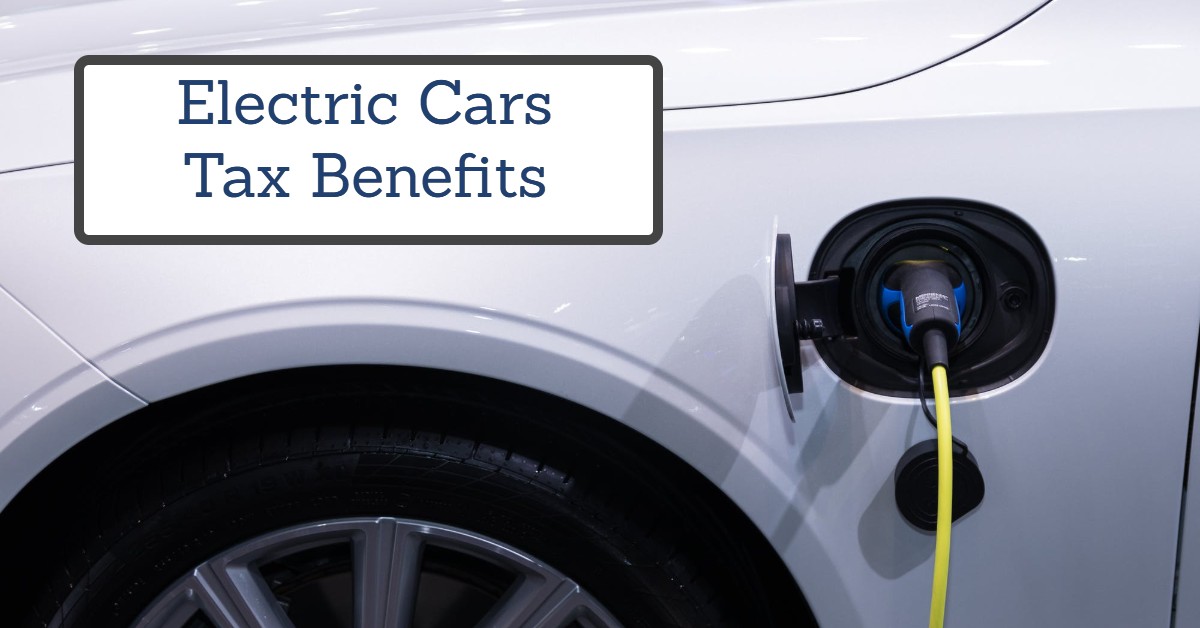Electric Car Tax Benefits
Electric car tax benefits: Electric cars are growing in appeal to business owners, mainly due to significant tax advantages. However, many business owners now also seek a greener way to do business.
In the driving seat – An introduction to electric company cars
The government is committed to achieving net zero emissions by 2050. Steps to achieve this goal have been implemented, including ending the sale of new petrol and diesel cars by 2030.
A rapidly changing car market due to the shift towards electric cars will see demand increase over time. Manufacturers will meet demand through development of electric vehicles in readiness for a sustainable future.
Electric Car Tax Benefits
Electric cars now hold more appeal. There are significant tax advantages for business owners. In addition, they can choose a more environmentally friendly way to operate their business.
Electric Car Tax Benefits in kind – cost to company
The current rate for tax-year 2023/24 for pure electric vehicles is 2%. Extremely favourable compared to other rates. Emission producing vehicles rates range from 15% to 37%.
To put this into perspective an electric vehicle with a list price of £50,000 would incur a benefit in kind of £1,000 (£50,000 x 2%). This would attract Class 1A National Insurance Contributions of £145 (1,000 x 14.53%).
Benefits in kind – cost to employee
In the past, employees often opted out of a company car scheme due to income tax charges exceeding any benefit of having the company vehicle. However, the electric car benefit is now at a much lower rate. Income tax charges to the employee are also lower.
Using the example above, the income tax charge would be the taxable benefit of £1,000 x 20% for basic rate taxpayers or 40% for higher rate taxpayers. Therefore, resulting in either £200 or £400 income tax payable respectively.
- Electric company cars are a tax efficient option. This can be an incentive to attract talented employees to your business.
Corporation tax reduction
The initial purchase of the vehicle may be a large outlay to the business. However, tax relief will apply when calculating your corporation tax in terms of capital allowances that can be claimed.
- For brand new electric vehicles. A first year allowance can be claimed in relation to the cost of the vehicle, which means 100% of the cost can be offset against the company’s taxable trading profits for the financial year.
Example: A company has £100,000 taxable trading profit, a brand new electric vehicle cost £50,000. This amount could be offset against profits, leaving £50,000 profit chargeable to corporation tax.
- For second hand electric vehicles. Written down allowances at 18% would be offset each year, which would be claimed over the life of the asset.
Example: A vehicle costing £50,000, would have a written down allowance of £9,000 (£50,000 x 18%) in its first year. Followed by £7,380 in its second year (£50,000 – £9,000) x 18%, with this calculation basis continuing over the life of the asset.
Other considerations
In this article all references to electric cars refer to pure electric cars. Hybrid cars are available that use a mix of fuel and electric. The tax rates differ for these vehicle types.
- Purchasing a brand new vehicle would include a 20% VAT charge. This can increase the overall cost of the vehicle compared to a second hand vehicle.
- Costs involved with installation of electrical vehicle charging points and available tax relief.
- Tax rates discussed are subject to change in future years in accordance with tax legislation. Albeit the benefit in kind rate of 2% for electric vehicles is fixed until 2024/25.
If you are considering purchasing an electric vehicle and require any further advice, contact us on 01244 400244. One of our team will be happy to assist you.
Shaw Austin are a firm of Chartered Accountants based in Chester supporting independent business throughout the UK. We take the headache out of business accounting and taxation by providing our clients with a personal service.
This article includes tax rates and allowances correct on date of publishing – tax rates and allowances can change from year to year. This is a general article to assist readers. Professional advice should always be taken in respect of your personal circumstances.
Updated April 2023

